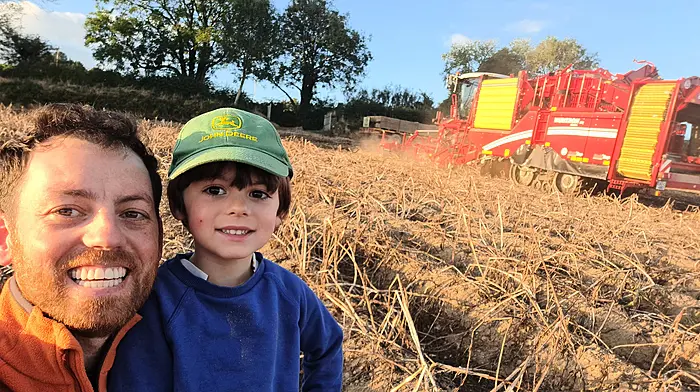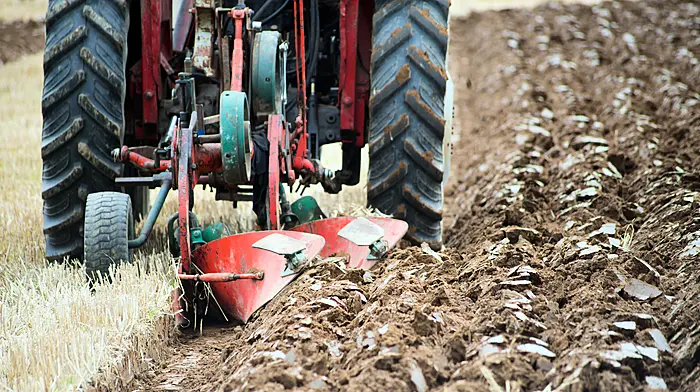BY PETER O'BRIEN
VITAL STATISTICS
Tractor
Claas Lexion 480
Horsepower
340/430hp
Engine
Mercedes/Caterpillar
Years of manufacture
1995-2003
IN keeping with last week’s theme of Claas combines, we continue the story from the Dominator combine to the Lexion. The name was legendary with Claas five, six-walker and rotary combines for over 25 years until a change was made reserving the Lexion for Claas’s high end, highest output machines: the 8700 and 8900 acre-abolishing combines of today.
Turning back to the mid 90s, the Dominator combine design had reached its limit, even with the introduction of Claas’ APS separation system. Claas had an ace up its sleeve and unveiled the Lexion 400 range in 1995, hitting the market the following year. Manufactured in Harsewinkel, Germany, the range consisted of the 440, 450, and 460 six-walker combines. The Lexion combine revamped the mechanical layout of the Dominator, with the grain tank now located behind the cab, and the engine to the rear.
Furthermore, the 450mm thrashing cylinder of the Dominator was replaced a 600mm diameter drum. This, along with the ‘APS’ threshing system, which comprised of an accelerator drum and concave ahead of the main threshing drum dramatically, increasing intake and productivity.
However, there was more to come. The range topping 480 tore up the rule book by combining the conventional drum threshing system – APS– with a rotary separation unit –RotoPlus – which replaced the straw walkers. Using two augers rotating in opposite directions, a rotary combine uses centrifugal force to separate the grain as the straw is worked though the augers.
Rotary combines were by no means a new concept, being well established by both New Holland and International/Case. Yet this was the first time both systems had been ‘combined’ (pardon the pun) together, making the ‘hybrid’ 480 the combine harvester with the highest output in the world at the time.
The Lexion 480 is powered by 340hp Mercedes powerplant or a 430hp Caterpillar on Evolution models. Hydrostatic drive is standard through a three speed gearbox.
The combine has a grain tank capacity of 10,000l, capable of unloading at 6000l/min. Central to the newly designed Vista cab was the all new CEBIS screen – Combine Electronic Board Information System– which brought electronic fingertip control to almost all functions and adjustments. Laser Pilot automatic steering was also introduced on these combines.
The Lexion range enjoyed huge success and was later updated to the Lexion Evolution with a switch to higher horsepower Caterpillar engines. Interestingly, in 1999 these Claas combines were marketed as CAT Lexion in Caterpillar paintwork and badging in North America under an agreement by both companies. The Lexion 400 were the mainstay of Claas combines until replaced by the 500 range in 2003.










